Advertisement
Field Guide To Boston
Not just Puritans: Explore 5 aspects of Mass. history
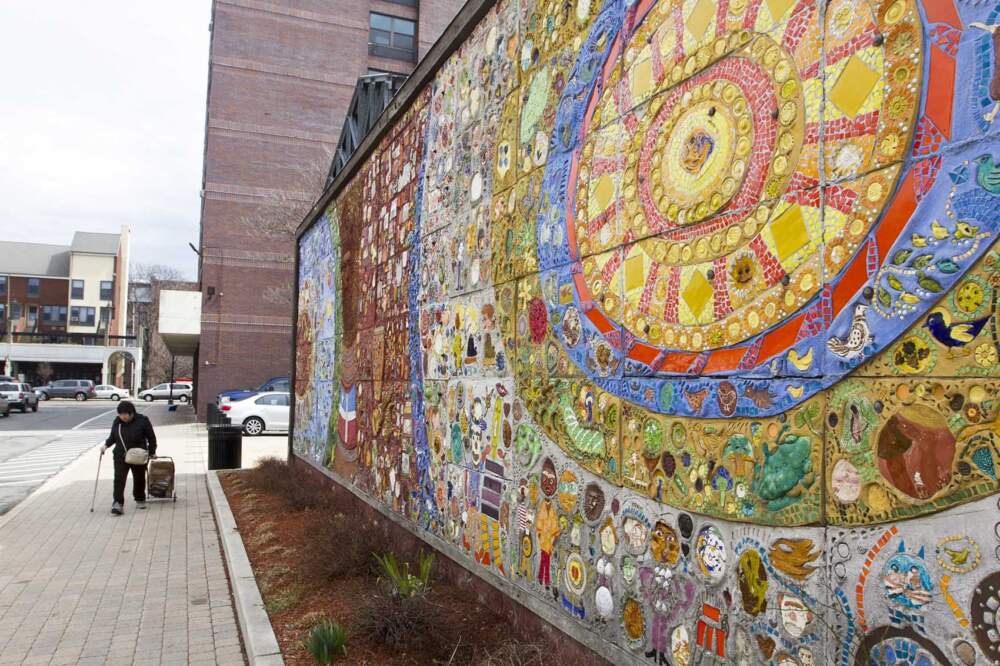
Editor's Note: This is an excerpt from WBUR's Newcomer's Field Guide to Boston newsletter. If you like what you read and want it in your inbox, sign up here.
Maybe you learned some Massachusetts history in social studies class or on TV: the landing spot of the Mayflower (no, not Plymouth Rock), the port of the Boston Tea Party and how this city is seen as the cradle of the American Revolution. It’s worth your time to stroll past the esteemed figures interred at the Granary Burying Ground on Tremont Street, board the USS Constitution and imagine what public gatherings were like at colonial Boston’s largest building: the Old South Meeting House.
But our region's important history doesn't start or end with the Revolutionary War. We’re sharing several stories that deserve your attention, and showing you cool spots to catch history in real life.
The original inhabitants
The state takes its name from the Massachusett people, who lived in what's now Boston, up to Gloucester and the Merrimack Valley. The Wampanoag occupied much of southeastern Massachusetts and continue to do so today. Many other tribes also lived in what's now called Massachusetts in the centuries before Europeans ever knew they were here.
Of the tribes that existed in Massachusetts before 1620, just two have federal tribal recognition today: the Wampanoag Tribe of Gay Head (Aquinnah) and the Mashpee Wampanoag Tribe, although other Wampanoag groups include the Chappaquiddick, Herring Pond, Assonet and Pocasset. That’s according to Christopher Fung, lecturer of Indigenous studies at UMass Boston.
Other native people here today include members of the Nipmuc Nation, the Massachusett, Niantic, Mohawk, Mi’kmaq, Narragansett, Penobscot and various other bands and tribes. Fung said tribes often existed independently, but many spoke “interlocking languages” and sometimes aligned with larger communities.
Advertisement
Several communities including Boston have recognized Indigenous Peoples' Day, which usually coincides with Columbus Day. Every year on Thanksgiving, native people and allies march in Plymouth for the National Day of Mourning.
Blue Hill Observatory
Massachusetts is named after the Massachusett tribe. The name translates to “people of the Great Blue Hill,” according to the state.
That geographic namesake lies just south of Boston's borders in Milton. A weather observatory was built on the hill in the 1800s, itself a little slice of history. Today, the Blue Hill Observatory and Science Center is a place dedicated to conservation and combating climate change. You can tour the facility.
Native Land Conservancy
Founded in 2012 as the first Native-run land conservation group east of the Mississippi, the Native Land Conservancy is overseen by the Mashpee Wampanoag and tasked with preserving the land as it once was.
If you like to canoe or kayak, you can try your hand at any part of the roughly 90-mile Wampanoag Canoe Passage, which the tribe has used for travel for thousands of years.
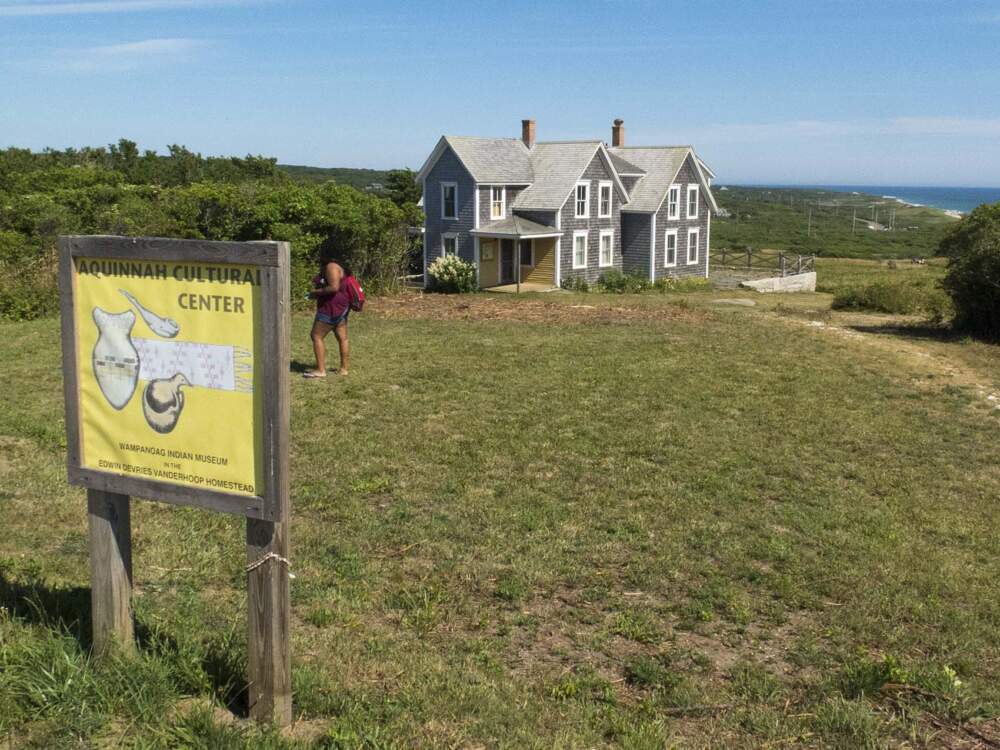
Aquinnah Cultural Center
Take the ferry to Martha’s Vineyard and visit the Aquinnah Cultural Center and Museum. Many of the center's events are for tribal members and families, but the museum is open to the public.
The Brahmin and the Irish
The Boston Brahmins were chiefly the descendants of the Puritans who first settled here in the 1600s, and they appointed themselves the region’s dominant social class in the 19th century. Beyond state politics, the Brahmins controlled the enormous wealth generated by the region’s maritime and textile industries, and established many of the most important cultural institutions in the city. By the mid to late 1800s, though, newcomers to Massachusetts would challenge that political monopoly.
The Irish were present in New England in small numbers since the colonial period, but the catastrophic famine of the 1840s resulted in a mass exodus from Ireland to neighborhoods like Roxbury, the West End and East Boston.
Many Brahmins were determined not to share their patrimony with the Irish, but they were happy to employ them on the docks and in the factories, according to historian Thomas O’Connor. While this meant jobs for the Irish, he explains the workers faced hostile conditions, enduring “traumatic decades of humiliation and discrimination.”
It turned out that the tensions between the English and the Irish that had plagued the British isles for more than five centuries would also manifest in Boston.
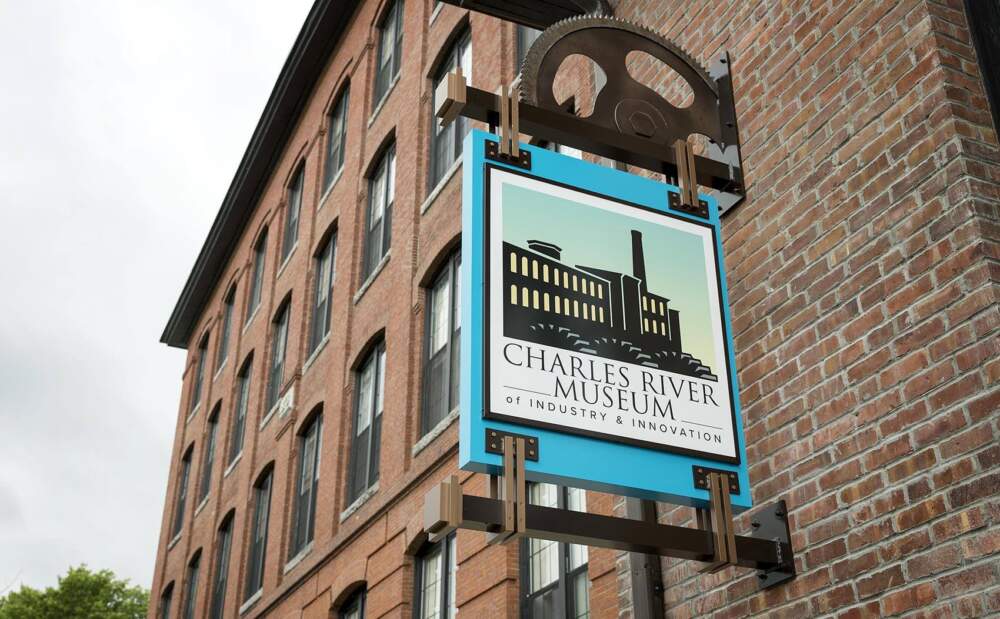
Charles River Museum of Industry & Innovation
The Brahmins built up nearly every city and many towns in the Boston area as mill towns, with factories dedicated to textiles and manufactured goods serving as a key economic engine into the 20th century. The Charles River Museum explores the region’s early industrial history as it played out in a Waltham mill building.
Irish Cultural Centre of Greater Boston
Set on a 46-acre campus in Canton, the Centre showcases the breadth of Irish culture through a slate of events centered on music, Irish language, sports and other themes.
Boott Cotton Mill
Part of the Lowell National Historic Park, this museum brings you back to when sweatshops were the norm in New England. Kids might not jump at the sound of visiting an old mill, but there are plenty of hands-on exhibits to grab their attention. The museum features a factory floor packed with refurbished looms cranking out fabrics that can be purchased in the gift shop. Be sure to chat up one of the loom operators to geek out on these giant, clanking machines — and wear the complimentary ear plugs!
The growth in Boston's Black community
Even though it was a “free state” before the Civil War, Massachusetts’ past is checkered with discrimination and slavery — a sin we can partly attribute to the Puritans.
Ratified in 1780, the Massachusetts Constitution didn't abolish slavery. It wasn't until three years later that a state judge decided slavery was unconstitutional. And that still didn’t mean equality for formerly enslaved people in the state.
Boston’s Black community began to grow after the Civil War, according to the late civil rights icon Mel King. King noted in his book “Chain of Change" that Boston’s Black neighborhoods elected Black state representatives until voting districts were gerrymandered toward the end of the 19th century.
The next time a Black state representative took office was in 1947. Twenty years later, Republican Edward Brooke was elected U.S. senator from Massachusetts, the nation's first Black senator since the Reconstruction era.
The community continued to expand in the 20th century, fueled by immigration from places like Jamaica and Barbados. Those folks often arrived on boats belonging to the United Fruit Corporation, which King likened to the arrival of Irish on Boston-based mercantile vessels. Now, census numbers show about a quarter of Bostonians identify as Black, multiracial Black or Afro-Latino.
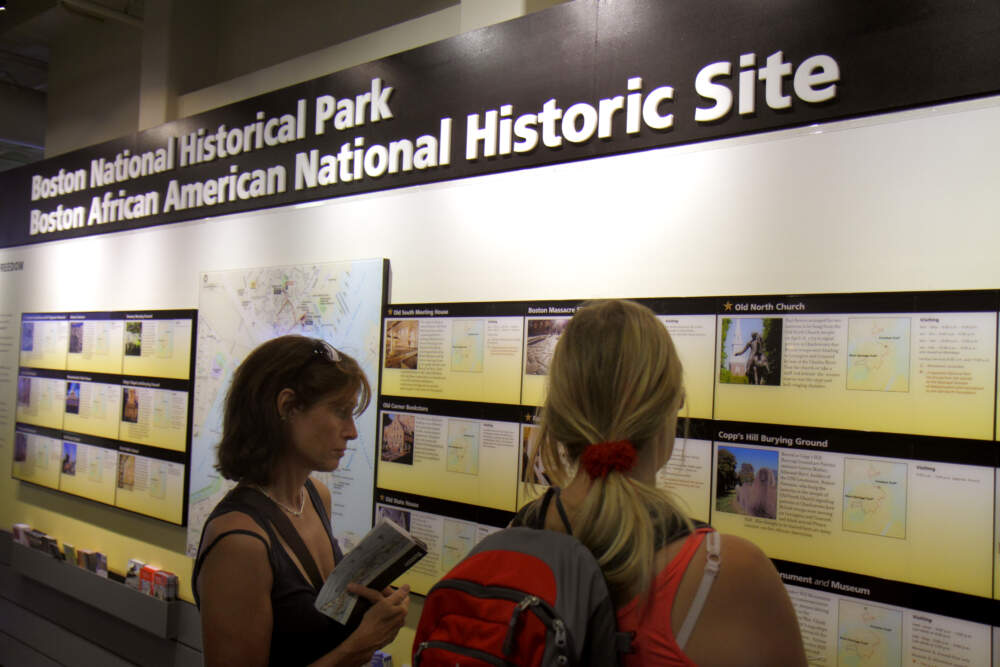
The Boston African American National Historic Site
Learn about the 54th Infantry Regiment and the Underground Railroad in a self-guided tour on Beacon Hill. The neighborhood was home to many early Black Bostonians.
Museum of African American History
The Museum of African American History is housed in four historic buildings on Beacon Hill, including what was the oldest school in the country for Black children.
The Old State House
The Old State House is a window into early Massachusetts. The Boston Massacre took place right outside, and inside there’s an exhibit on Crispus Attucks, a free Black man who was shot and is remembered as the first American killed in the Revolutionary War.
Mid-century upheaval
Urban renewal is “associated with the demolition of the West End in 1957 and subsequent displacement of thousands of families,” according to the city of Boston.
By the 1950s, Boston’s West End was packed with first-generation immigrants. The city considered it a "slum," but neighbors called it home. In the name of renewal and armed with federal redevelopment money, 48 acres were bulldozed, replaced with thousands of luxury housing units that the original residents could scarcely afford. More than 12,000 West Enders were forced out, despite protests.
The West End was only one of 14 urban renewal plans across Boston. Under Mayor Michelle Wu, urban renewal officially ended in 2023.
But it was the violence and racist pushback to court-ordered school busing that brought Boston under a national spotlight.
In 1974, a decade after public schools in Alabama were ordered to desegregate, a federal judge ruled Boston had built a “systematic program of segregation affecting all of the city's students,” and ordered every school in the district to desegregate. The remedy: make thousands of students leave their neighborhood schools and bus to other parts of the city.
The policy sparked unrest among Bostonians, igniting racial tensions and violent protests that the city continues to grapple with.
Ted Landsmark, the Black lawyer and educator whose assault by angry white students with a flagpole was captured in a Pulitzer Prize-winning photograph, recently reflected on how this historical moment influences people's perception of Boston, and how his own views of the city have shifted through the years.
Busing was fully phased out in 2013.
The West End Museum
The neighborhood meant a lot to the people who lived there, and the museum was founded lest the history be lost. Leonard Nimoy, aka Mr. Spock, was from the West End. You can watch him talk about growing up in the neighborhood in this oral history compiled by the Yiddish Book Center in Amherst.
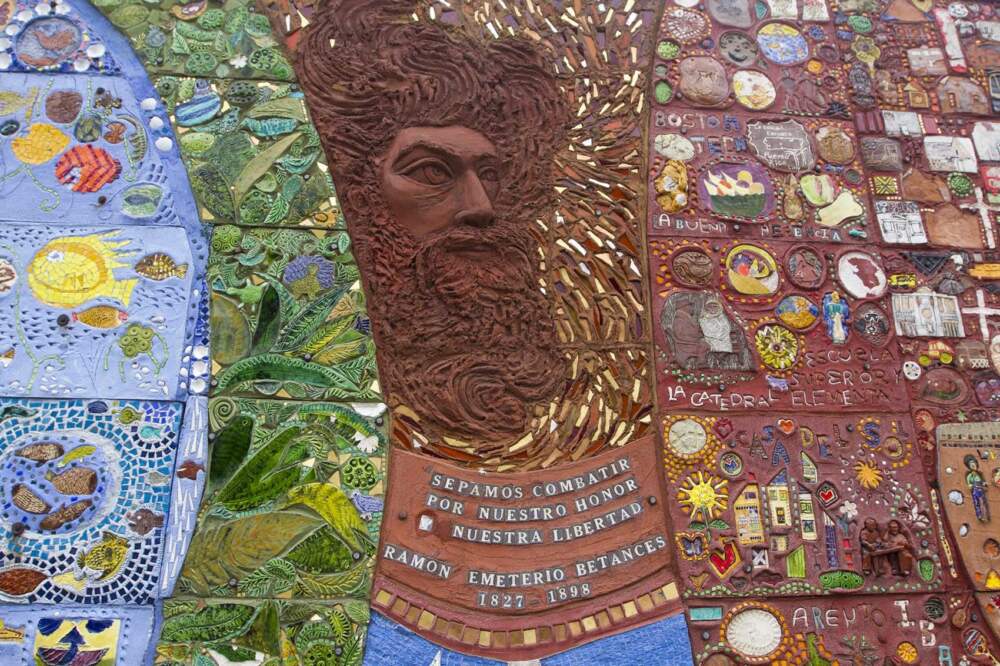
Villa Victoria
Another community impacted by urban renewal was Boston’s South End, a once-wealthy enclave that became a blue-collar neighborhood in the 20th century. Unlike the West End, tenant resistance here resulted in the creation of hundreds of affordable housing units. Check out the Betances mural, a mosaic named for Puerto Rican “independentista” Ramón Emeterio Betances. (There’s also an annual music festival held in his honor in the neighborhood.)
This article was originally published on December 06, 2023.
